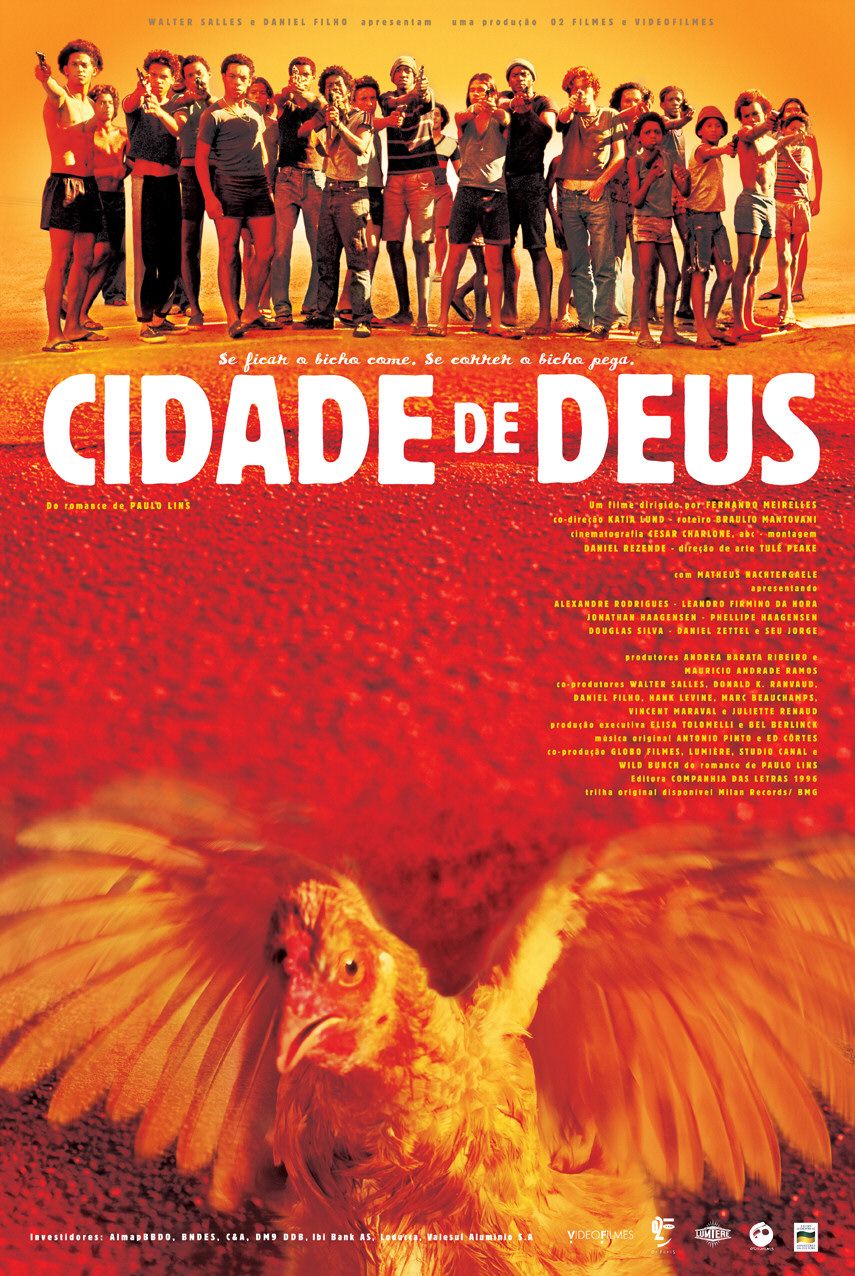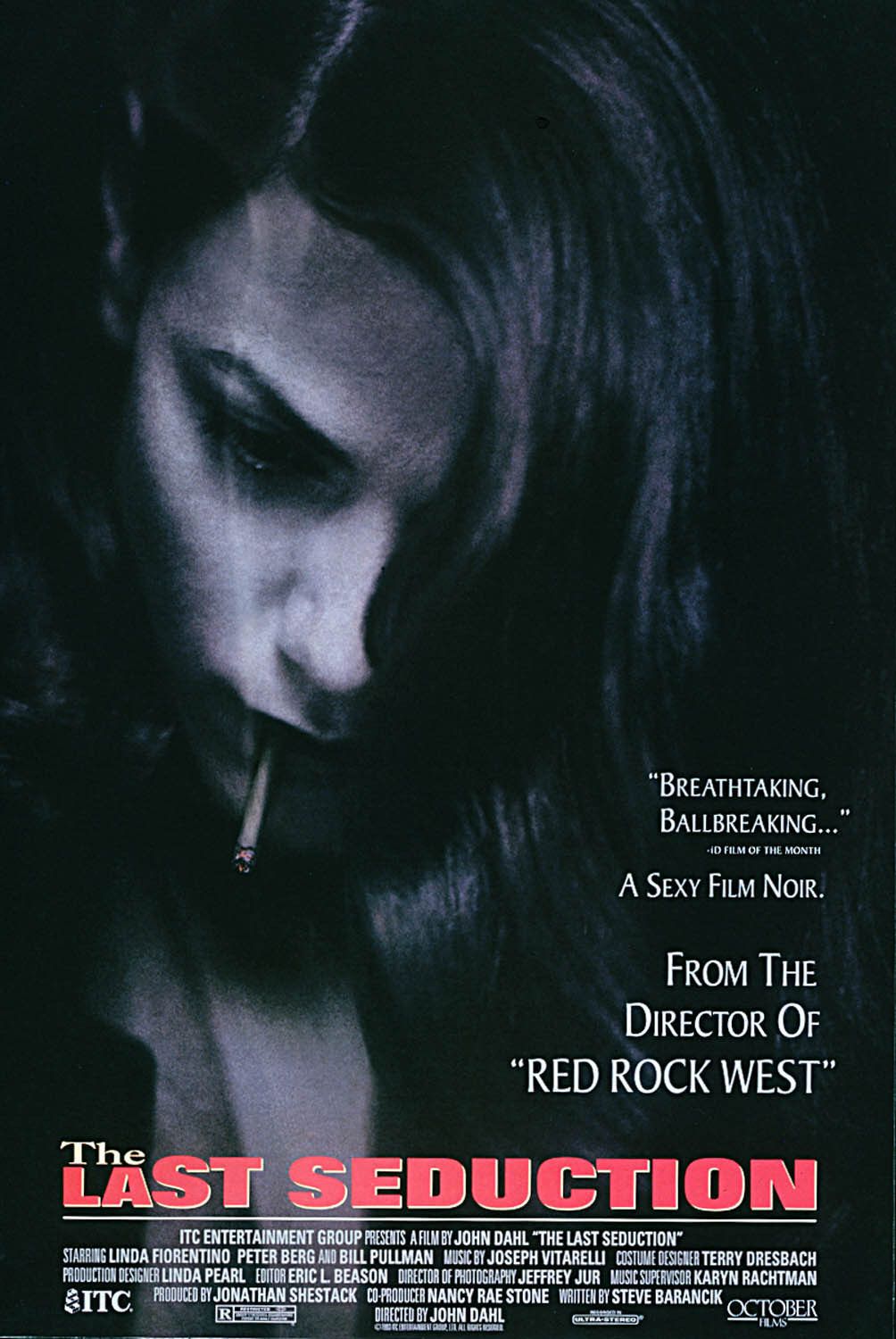In this scene we see people having a party, they are dancing, playing music and eating food. A chicken is escapes from the other and Lil' Ze asked everyone to go after it, people chase it with guns and they shoot at the chicken to stop it, they do this for fun (we are introduced to the crazy violence of the City of God. We cut to a shot of rocket and his friend talking about the opportunity that has arrived for him in photography for the newspaper. We cut back to the chicken chase and Lil' Ze asks a man to catch it that they pass he fails and Lil' Ze gets his gun out. The chicken runs out in to the road and squats under a car. This is where Lil' Ze and Rocket collide. Ze asked him to grab the chicken. The police pull up on the other end of the road and Ze's gang pull out their guns ready for a fight. Rocket as the narrator talks about how a picture can change his life but he may never escape the City of God because if the gangs won't get him the police will eventually.
 + The fast paced editing of the knife being sharpened places a tense ambiance over the audience. The sharpening of the knife could be a foreboding motif for the excessive and constant violence that is frequent throughout the film. The diegetic sound of the knife being sharpened sets the tone for the film of senseless violence this combined with non-diegetic sound of the samba music creates this feel that the violence is almost comical.
+ The fast paced editing of the knife being sharpened places a tense ambiance over the audience. The sharpening of the knife could be a foreboding motif for the excessive and constant violence that is frequent throughout the film. The diegetic sound of the knife being sharpened sets the tone for the film of senseless violence this combined with non-diegetic sound of the samba music creates this feel that the violence is almost comical.
 + The fast paced editing of the knife being sharpened places a tense ambiance over the audience. The sharpening of the knife could be a foreboding motif for the excessive and constant violence that is frequent throughout the film. The diegetic sound of the knife being sharpened sets the tone for the film of senseless violence this combined with non-diegetic sound of the samba music creates this feel that the violence is almost comical.
+ The fast paced editing of the knife being sharpened places a tense ambiance over the audience. The sharpening of the knife could be a foreboding motif for the excessive and constant violence that is frequent throughout the film. The diegetic sound of the knife being sharpened sets the tone for the film of senseless violence this combined with non-diegetic sound of the samba music creates this feel that the violence is almost comical.+ The use of a close-up shot on Lil' Ze's face emphasises a mad and mentally insane demeanour about his, this idea is strengthened by the fact that he is laughing. The close-up in almost a low angle shot, which could be a foreshadowing to his power and status we find out about later on in the film. When Lil' Ze shouted at everyone to go after the chicken Lil' Ze swears, this could emphasise the cruel and brutal nature of the favelas. that they live in



